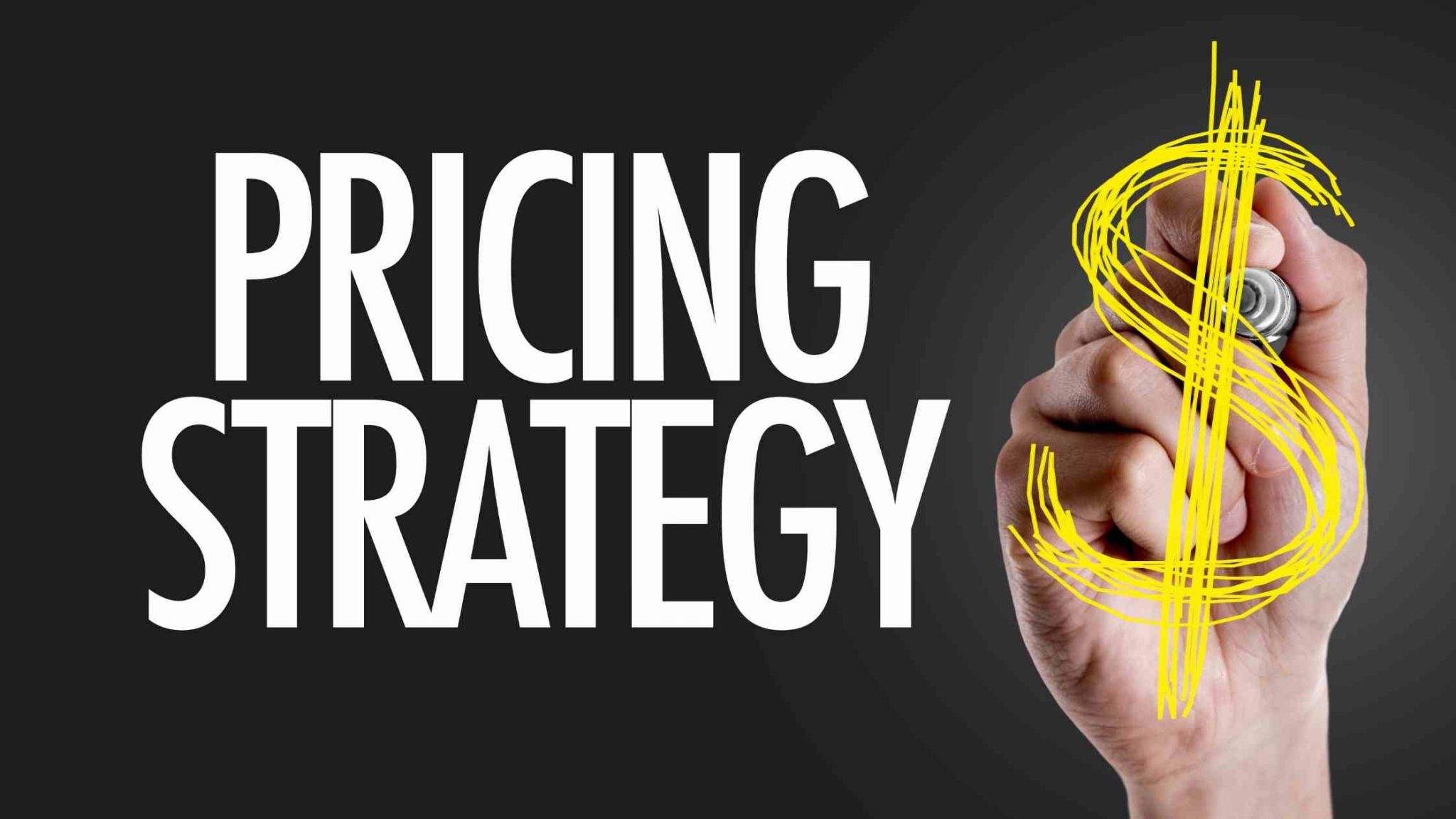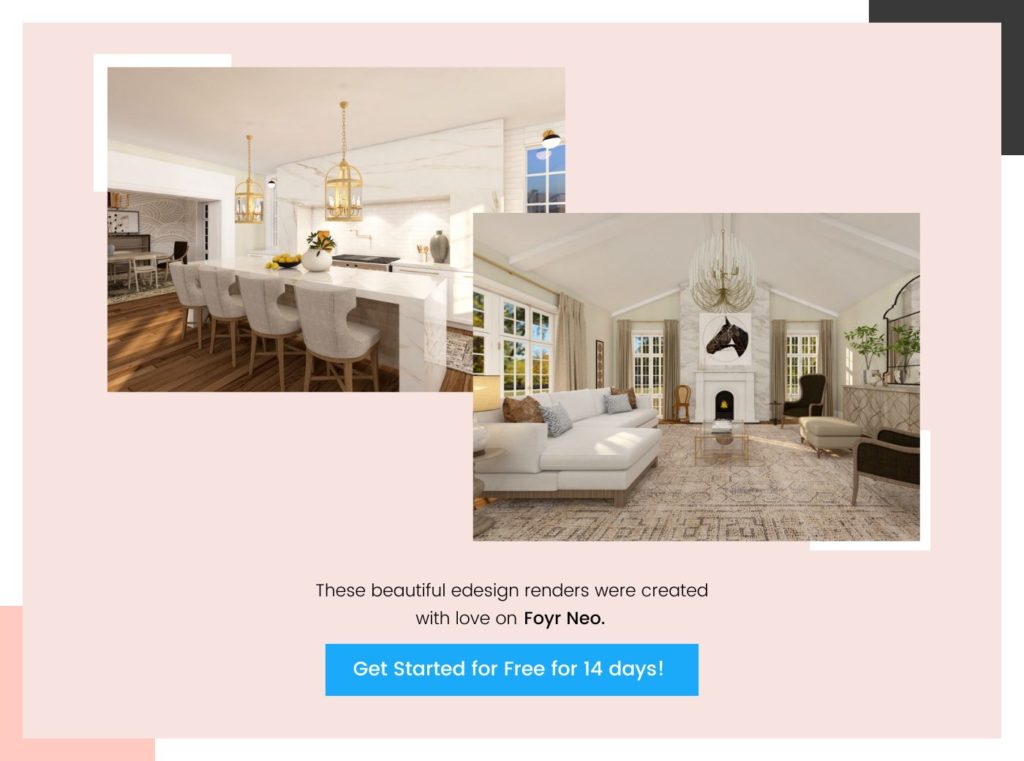Table of Contents
Pricing Strategy for Interior Designers
Interior designers often keep their earnings and pricing secrets. The debate on interior design pricing and fees is ongoing. Unlike other markets, interior designers have no set price limits.
Design professionals can choose to charge low and work a lot or charge high but work less. Having a clear interior design pricing strategy is crucial. It helps you communicate your fees clearly and avoids confusion with clients.
From a client’s perspective, they might pay more for quality work. But if your pricing is unclear, they might not want to work with you.
Fee Schedule Meaning
A fee schedule lists all the interior design costs you charge clients. It depends on the project’s complexity and your experience. Understanding your interior design fee structure is key to your business success.
Whether it’s a few dollars or thousands, clients want value. You must choose the right fee structure for your projects.
 5 Most Common Pricing Strategies Used By Interior Decorators:
5 Most Common Pricing Strategies Used By Interior Decorators:
Having a clear pricing strategy offers many benefits. But how do you want to charge clients? Do you prefer a per-hour fee or a project-based fee?
There are many ways to charge for your services. It’s important to choose a model that works for both you and your clients. Here are the top pricing strategies for interior design businesses.
1. By the hour
Many interior designers charge by the hour. It’s crucial to track every minute spent on a project. You need to know the costs involved and how many hours you work to set your fee.
Calculating an hourly rate can be challenging. But here’s a simple formula to help you.
- To calculate your hourly rate, divide the total expected cost by the estimated hours and add a 40% profit margin
- Do not forget to add the time you spend discussing the project with the client, such as initial consultation, shopping, and periodic calls.
Newbies should avoid charging by the hour. Complex projects require experience to estimate time. Beginners might lose money by underestimating time.
2. Flat Fee
Choosing a flat fee is great for both newbies and seasoned designers. It’s a fixed rate for your service without showing the cost details or hours needed. This makes things clear and stress-free for everyone.
With a flat fee, clients know the cost upfront. This helps them decide if they can afford it. It also means you won’t worry about charging too much or too little.
As a designer, remember to add extra money to your price. This way, you can handle any unexpected problems without losing out.
3. Cost-plus
The cost-plus strategy is simple and clear. You tell clients you’ll charge, say, 30% extra on top of the project costs. They pay all the costs plus your markup.
4. Square footage
In square footage contracts, you charge based on the area. You need to estimate costs, add a markup, and a contingency. Then, divide the total by the area to find your fee. This method is common in big commercial projects.
5. Percentage
The percentage fee gives you ongoing income on long projects. You decide on a percentage (up to 30%) for each period. You must plan a budget and choose a percentage to ensure steady income.
10 Tips To Choosing The Best Pricing Strategy For Interior Design Businesses:
Having a clear pricing plan is crucial for keeping clients and making sure you don’t lose money. To pick the right strategy, you need to understand many aspects of your business.
Here are 10 tips to help you choose the best pricing for your interior design business.
1. Understand your customers
First, figure out how you add value to your customers. If they don’t see your value, a flat fee or cost-plus might be best. Also, know the type of customers you want to serve.
For example, high-end customers might pay more if they like your work. This can help you charge more and get premium clients.
2. Understand your goals
Every business has short, medium, and long-term goals. Your pricing strategy should match these goals. For example, if you want to serve more customers, charge less.
3. Conduct thorough research
If you’re not sure about pricing, do some market research. Visit your target areas and see what competitors charge. Also, find out the value they offer.
Do small surveys to see what your customers are willing to pay. This will help you set prices that everyone will be happy with.
4. Understand who you are competing against
Pricing often depends on who you’re up against. For instance, Apple is in the premium market and charges more. Others focus on budget and keep prices low.
Be flexible with your pricing but know your competition. Decide if you should undercut them or charge more.
5. Determine your USP
Mr. X excels in Asian interior design, a niche he dominates. Every business has something unique. This uniqueness helps in setting prices.
Even with competition, your unique approach can attract clients. They’ll be willing to pay your prices.
6. Market penetration strategy
In a competitive market, start by getting a share. Then, you can raise your prices. Start with low prices, like cost or close to it.
Once you have a good share, increase your profit margins. This strategy works well in competitive markets.
7. Understand customer lifetime value
Think about long-term value, not just short-term gains. If a customer is likely to stay, offer them discounts. This keeps them loyal to your firm.
8. Good, better, best pricing
Use tiered pricing when entering a new market. Offer different packages to meet various needs. This strategy helps attract more customers.
For example, offer a basic package for USD 50, a standard for USD 75, and a premium for USD 120. Make sure the differences are clear but offer value for money.
9. Psychological pricing
Prices that end in .99 are more appealing. This trick works in interior design too. For example, charge USD 49.99 instead of USD 50. It’s more attractive and can attract more clients.
10. Follow value-based pricing
Value-based pricing is a simple way to attract new customers. By pricing based on what customers think, you can find loyal customers. It also helps you adjust your prices to keep your business growing.
Remember, you are running a business. You need profits but not at the cost of losing your customers.
Pricing is crucial for interior designers. It can make or break your business. For instance, when starting, designers might offer discounts to attract customers. But, cutting your prices too much can hurt your income.
On the other hand, charging too much can scare off customers. It’s important to find a price that works for both you and your customers.
Understanding how other designers price their work is also key. This helps you set prices that are fair and allow for growth.
Pricing Strategy Comparison Chart for Interior Designers
|
Pricing Strategy |
Key Benefit | Best Suited For |
Potential Drawbacks |
| By the Hour | Simple to track, flexible. | Projects with uncertain scope. | May result in underestimating time, complex to manage. |
| Flat Fee | Predictable pricing, reduces worry. | Small, straightforward projects. | May not account for unexpected costs. |
| Cost-Plus | Transparent markup, suitable for large budgets. | Large or complex projects. | Clients may not like seeing material markups. |
| Square Footage | Scales with project size. | Large commercial spaces. | Requires precise area measurement and cost estimation. |
| Percentage | Ensures steady income. | Long, ongoing projects. | Unpredictable income based on fluctuating project costs. |
Price Negotiation Tactics for Interior Designers
1. By the Hour
Tactic: Emphasize Transparency
Negotiation Tip: Lay out a detailed breakdown of estimated hours in front of your client. Be sure to include hidden time costs like consultations or travel. Propose that this pricing approach lends flexibility even if the scope changes.
Client Persuasion: “Charging by the hour ensures you only pay for the exact time spent on your project, nothing more.”
2. Flat Fee
Tactic: Highlight Fixed Costs
Negotiation Tip: Stress on the security of a fixed fee. Emphasize the absence of any hidden costs. Try to include add-ons like additional revisions to make clients feel they are getting the maximum value.
Client Persuasion: “You’ll know exactly what to budget upfront with no surprises, even if unexpected changes occur.”
3. Cost-Plus
Tactic: Justify Markup
Negotiation Tip: Explain to the client how your markup covers not just your profit but additional costs like project management and coordination with architects, contractors and other vendors.
Client Persuasion: “This method gives you full visibility into costs, with my fee directly tied to ensuring top-quality materials and service.”
4. Square Footage
Tactic: Focus on Project Scale
Negotiation Tip: Offer discounts for larger spaces to give a sense that clients are getting good value for a larger area. Try to show that this approach leads to a predictable cost structure.
Client Persuasion: “The bigger the space, the better the value, as costs are spread across the full project area.”
5. Percentage
Tactic: Ensure Ongoing Support
Negotiation Tip: Demonstrate the long-term value of a percentage-based pricing approach with ongoing support throughout the execution stage and even after the completion of the project.
Client Persuasion: “You’ll have ongoing support throughout the project, with my fee tied to your satisfaction and the project’s success.”
With the Right Interior Design Software, You Can Build a Successful Business
Having the right tools makes interior design easier and more efficient. Foyr Neo is a powerful platform for designers. It offers tools to turn ideas into stunning visuals quickly, including:
- The option to select from thousands of pre-loaded objects such as furniture, plants, accessories, and more—or upload your own 3D models to produce the precise design your clients desire.
- On-demand production of 4K photo-realistic renderings.
- Advanced lighting and visualisation options are available.
- Capabilities to do real-time 3D editing.
Foyr Neo combines many tools into one, saving designers time. Try Foyr Neo for a 14-day free trial and see how it can help you create without limits.










 5 Most Common Pricing Strategies Used By Interior Decorators:
5 Most Common Pricing Strategies Used By Interior Decorators: